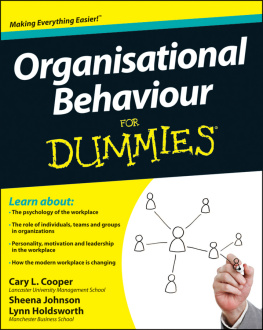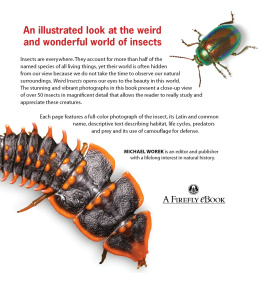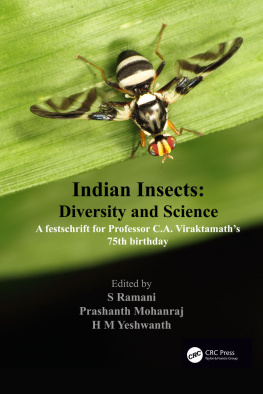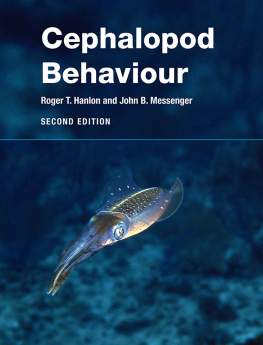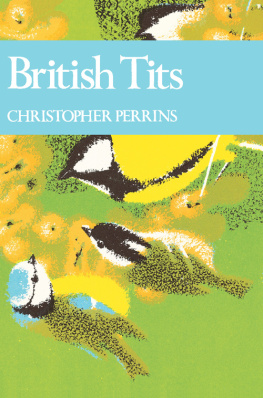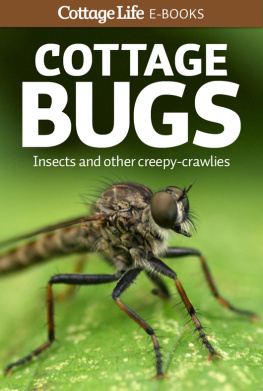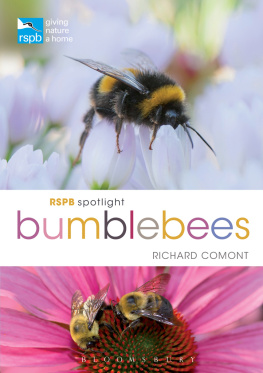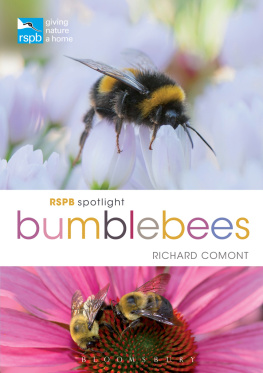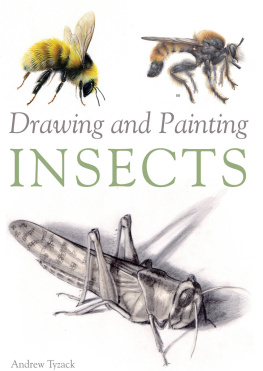
JAMES FISHER M.A.
JOHN GILMOUR M.A.
SIR JULIAN HUXLEY M.A., D.Sc., F.R.S.
L. DUDLEY STAMP C.B.E., B.A., D.Sc.
PHOTOGRAPHIC EDITOR
ERIC HOSKING F.R.P.S.
The aim of THE NEW NATURALIST series is to interest the general reader in the wild life of Britain by recapturing the inquiring spirit of the old naturalists. The Editors believe that the natural pride of the British public in their native fauna and flora, to which must be added concern for their conservation, is best fostered by maintaining a high standard of accuracy combined with clarity of exposition in presenting the results of modern scientific research. The volumes in the main series deal with large groups of animals and plants, with the natural history of particular areas or habitats in Britain, and with certain special subjects, THE NEW NATURALIST SPECIAL VOLUMES, on the other hand, cover, in greater detail, a single species or group of species. In both the main and special volumes the animals and plants are described in relation to their habitats.
To our wives
in gratitude
Ye must perdonne my wyttes, for I tell you plaine, I have a hive of humble bees swarmynge in my brain.
UNKNOWN. Respublica

Dr. Colin Butler, Head of the Bee Department at Rothamsted Experimental Station, and one of the worlds most distinguished hymenopterists, will already be familiar to readers of the New Naturalist Series as the author of The World of the Honeybee. This now classic monograph was remarkable for many things, not least for Dr. Butlers lucid exposition of his new and important theory of queen substance.
In this new book he is joined by his colleague, Dr. John B. Free. Like Butler, Free has been interested in animal behaviourand in particular bee behaviourever since he was an undergraduate at Cambridge. Indeed, the careers of both have been very similar. Whilst at Cambridge, where he took Part II of the Natural Sciences tripos in Zoology, Free was encouraged to study bumblebees and their behaviour by Dr. W. H. Thorpe, F.R.S., perhaps the worlds greatest authority on animal learning. So great did Frees interest become in this group of insects that in July 1951, after graduating, he was able to obtain a three-year grant from the Agricultural Research Council to continue his studies of bumblebee behaviour under his co-author at Rothamsted. For his work during this period he obtained the PH.D. degree of London University; and he subsequently joined the permanent staff of the Bee Department. Already he has published some twenty scientific papers on beesmostly on bumblebees, but quite a number on honeybeesseveral of the latter in collaboration with Butler. Many of the experiments described in this remarkable new work were carried out by Free whilst he has been at Rothamsted.
The Editors of the New Naturalist are confident that this happy collaboration will widely encourage naturalists all over the world to take up the study of bumblebees. They are social insects whose communities are at a state of cohesion and organisation more primitive than that of honeybees, and therefore of deep interest from the evolutionary point of view.
The authors enthusiasm for field research will prove infectious. Of great importance is their demonstration that wild bumblebees are easily kept under study conditions; they have included the most valuable appendices upon the finding of bumblebees nests and upon their capture and maintenance. There can be no doubt that from this new addition to our series, which the Editors recommend most heartily, new advances in our understanding of insect behaviour will flow. Our readers will also find that this book has been illustrated by photographs as skilful and original as those which aroused such interest in Butlers Honeybee monograph. Furthermore, appendices are also included upon the identification and distribution of all the British species of bumblebee. These have been prepared by Dr. Ian H. H. Yarrow of the British Museum (Natural History). This most valuable contribution is the final touch which makes Bumblebees the definitive handbook to the British species, as well as an original and classic contribution to our knowledge of the instincts and habits of social insects.
THE EDITORS

THE first monograph to deal exclusively with the British bumblebees, or humblebees as they are sometimes called, was The Humble-bee by F. W. L. Sladen, which was published in 1912. This fine work, which has been in much demand by naturalists in general and by students of bumblebees in particular, has long since been out of print and is now almost unobtainable. Since Sladens day considerable advances have been made in our knowledge of bumblebees by workers in many countries; and in preparing this treatise for The New Naturalist series we have attempted to give a complete and up-to-date picture of the behaviour and social life of the bumblebee. Much has still to be learnt, however, and throughout this book we have indicated some of the more obvious gaps in our knowledge.
Whilst trying to maintain continuity throughout the book we have made each chapter as complete as possible in itself. The detailed subject-index will, we trust, enable those interested in particular aspects of the biology of bumblebees to experience little difficulty in finding the relevant information. References to much of the important literature have also been given, but at the same time we have endeavoured not to interrupt the flow of the text, whilst still providing sufficient references to enable the reader to pursue his individual interests far beyond the scope of this book.
Use of scientific terminology has been restricted to the minimum but it has been necessary to use the Linnean names of different species of bumblebee if for no other reason than that no adequate common English names exist. We have, furthermore, often had occasion to refer to bumblebee species which are found in countries other than our own in order to make the story complete.
As it is most important to be able to identify the British bumblebees correctly, we have asked Dr. I. H. H. Yarrow of the British Museum (Natural History), for whose cooperation we are most grateful, to prepare a key for the identification of the British species and to give an account of their distribution which we are glad to be able to include as appendices.
In the course of preparation of this book we have become aware of the great interest that people, ranging from schoolboys to professional biologists have for the bumblebee, and have received many queries on how to find their nests and keep them in captivity. We have accordingly included appendices giving information on these subjects, which we hope will be found useful.
We wish to take this opportunity of thanking Miss Marion Nunn for her secretarial assistance and Miss Inge Riedel for her help with some of the German literature. We are especially grateful to our wives for the many different ways in which they have helped us. Finally we are indebted to The New Naturalist Editors, especially to Sir Julian Huxley, F.R.S., for their invaluable help.
J. B. F.
C. G. B.
Harpenden
INTRODUCTION

Next page

